The Wildlife of Copped Hall
Outside Copped Hall gardens
The division between the grounds of Copped Hall and the surrounding countryside has only human significance. Wildlife does not respect our boundaries so anything described in this section may also pass through the gardens. First, a virtual tour through the fields to the north of Copped Hall and path through scrub land of brambles, thistles, nettles and sparse numbers of trees. In winter both little and barn owls may roost in these trees and hunt across the fields beyond. Buzzards frequent the trees on the borders of the gardens and glide serenely in their search for food at all times of year. Around April time they are likely to be joined by red kites.
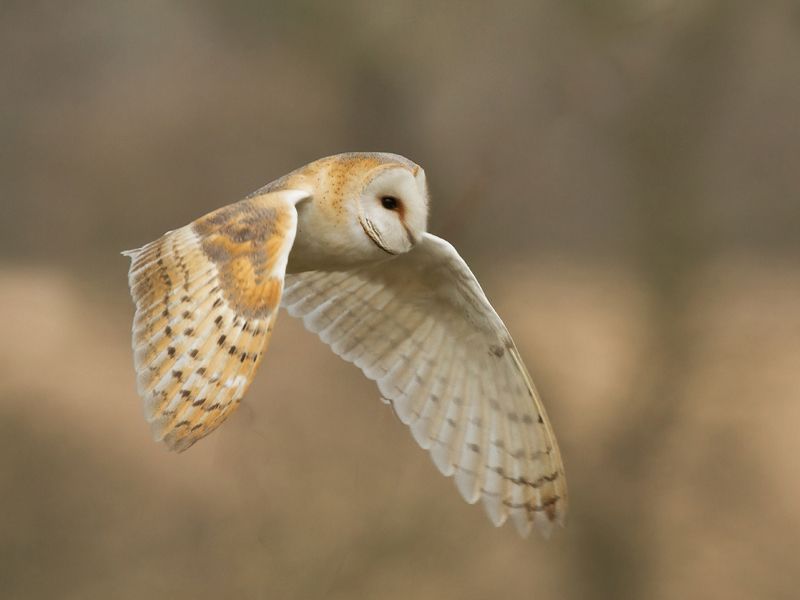
Barn owl
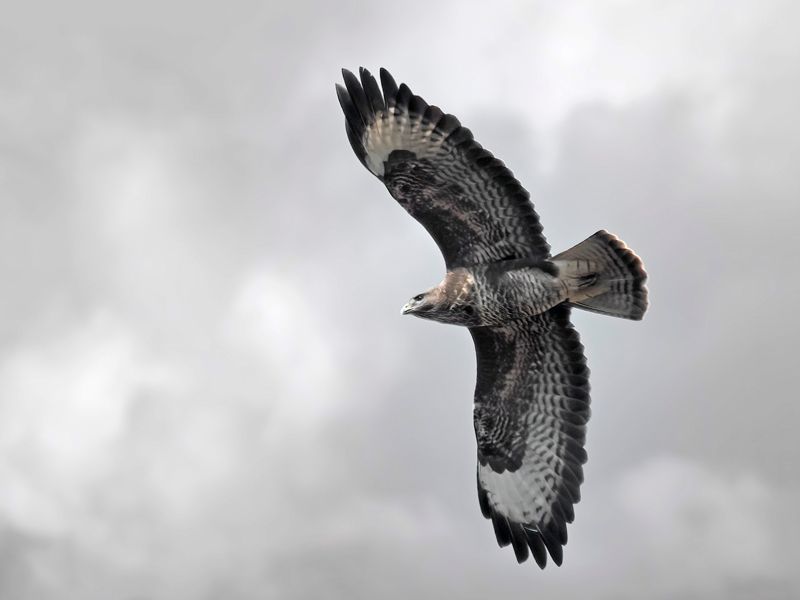
Buzzard
Winter migrants include finches and specialties such as brambling and even hawfinch and as spring approaches various warblers take up nesting duties. These include first, blackcap and chiffchaff with later arrivals of garden warbler and whitethroat. The area is rich in nest sites and residents such as blackbird, dunnock and wren will also rear their families here.
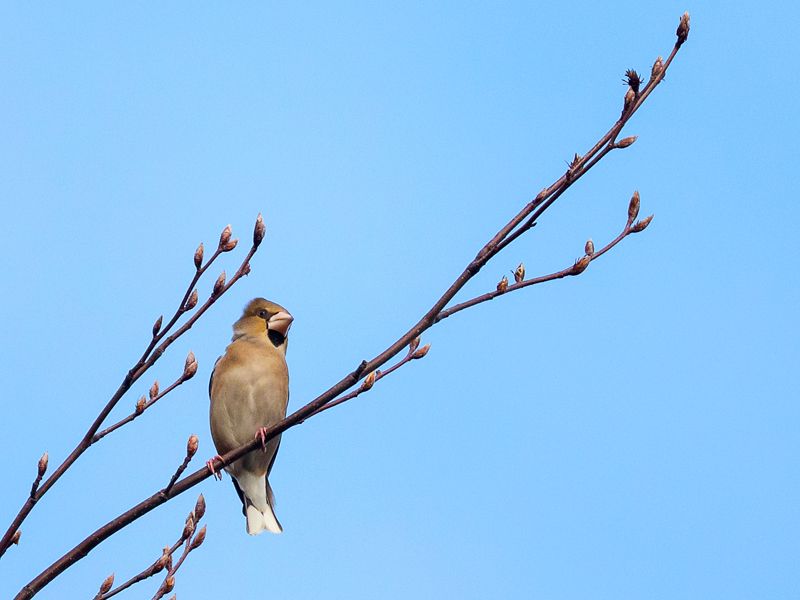
Hawfinch
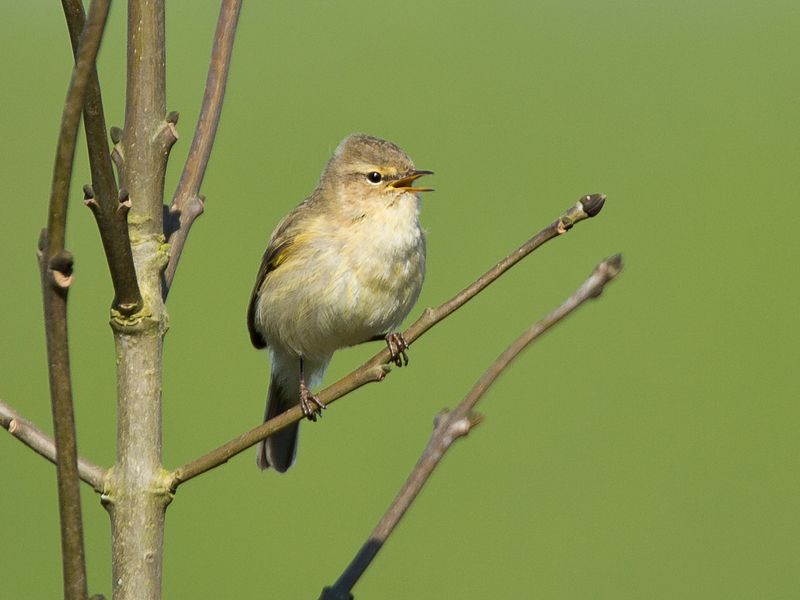
Chiffchaff
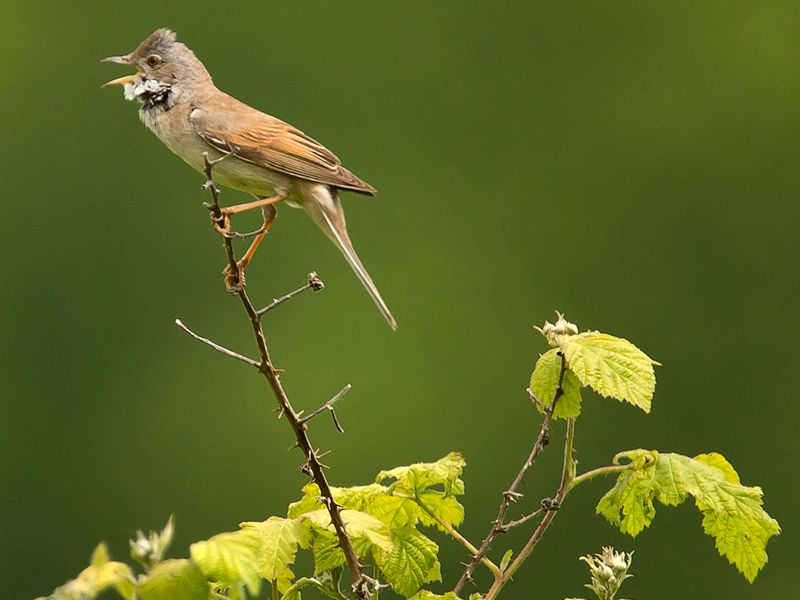
Whitethroat
On the ground there are numbers of rabbits, fallow deer and muntjac passing through. Predators such as fox, stoats and weasels can also be seen here. Further afield is the territory of brown hares. Unlike rabbits, hares do not excavate a warren but live on the open fields. Their only concession to comfort is a small scrape known as a form which provides a bed for them. They rely on camouflage and their speed to escape predators. During 2019 the fields were sown with flax which can be grown for several uses; linseed oil, fibre (linen) and as a useful health food. The image of the hare in flax flowers was hard won. First a pair of red kites were quick to take to the air at the sign of any intruder – hares don’t like kites – and there was no mistaking their mobbing behaviour. Second, the hares are most active during the hours of dawn and dusk when the flax flowers are closed and they are not as impressive. It took a month but on the very day of success, there was a snuffling in the undergrowth and a young badger appeared from the leaves in its hunt for worms and other invertebrates.
The areas around Copped Hall are crossed by numerous public paths so that while the gardens have restricted entry, the fields and forest around are open to all.
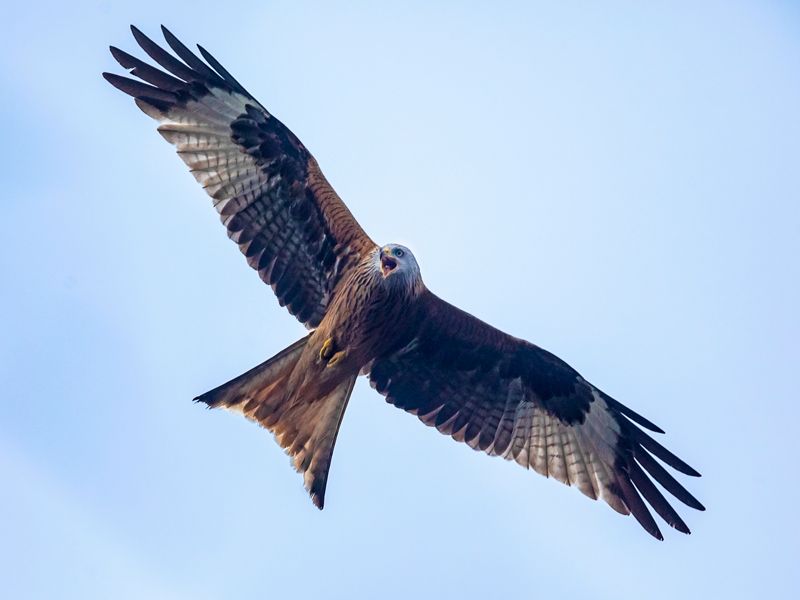
Red kite
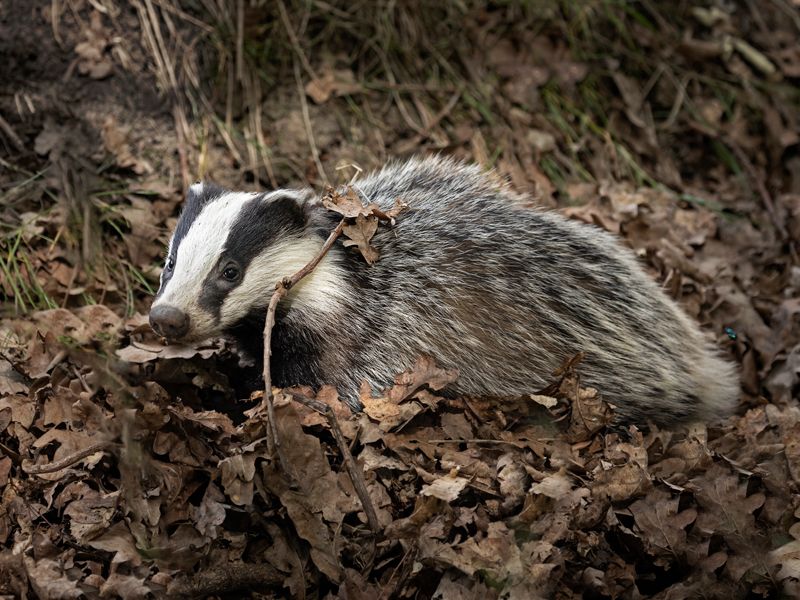
Juvenile badger
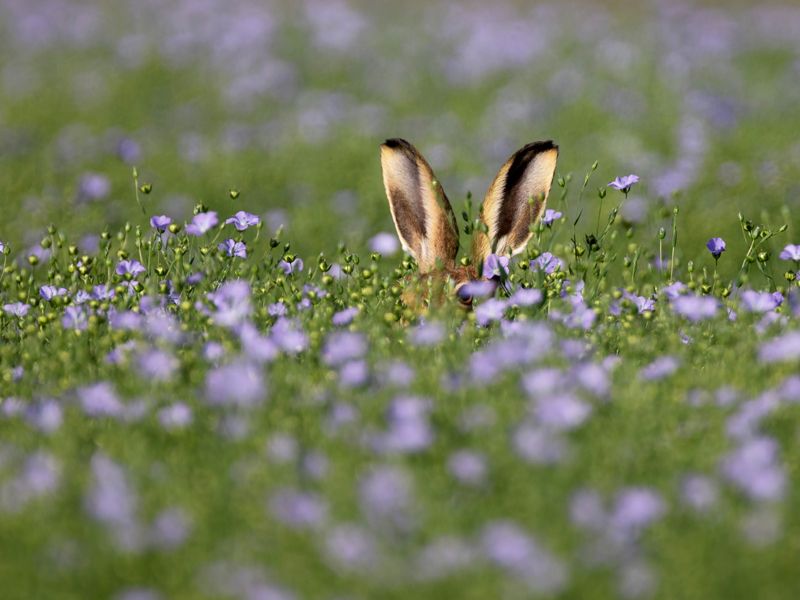
Brown hare “hiding” amongst flax flowers
Fallow deer
There was a time when the great and the good would visit the Hall for the hunt. In Tudor times the target would be fallow deer but later the Copped Hall pheasant shoot was famed throughout the land. “The skies would be black with game birds put up by the beaters”.
The legacy of the hunt lives on in the presence of numerous fallow deer and many game birds although large-scale hunting at least is less noticeable.
There is a skill to stalking the deer; their eyesight is good but not their strongest sense. They rely far more on the senses of smell and hearing so it is important to wear soundless clothing and approach downwind. Throughout the spring and summer the females (does) are giving birth to a new generation and enjoying times of warmth and plentiful food. Come the autumn, the males (bucks) arrive in readiness for the rut, the time when battles are fought for the right to breed and they can be fearsome to hear and see. The rut demands much from the them and only lasts for about 3 weeks usually in October. Partnerships are won and lost and for the most part the bucks move off afterwards in bachelor groups to lick their wounds and regain their strength for the following autumn. For much of the year, therefore, the females and young are those most likely to be seen.
One last surprise. Many rutting seasons see the addition of a special visitor and it is a solitary red deer stag. It’s origins are unclear. It can’t breed with the fallow does because it is the wrong species but that doesn’t stop him trying to secure a harem. When he bellows the earth shakes.
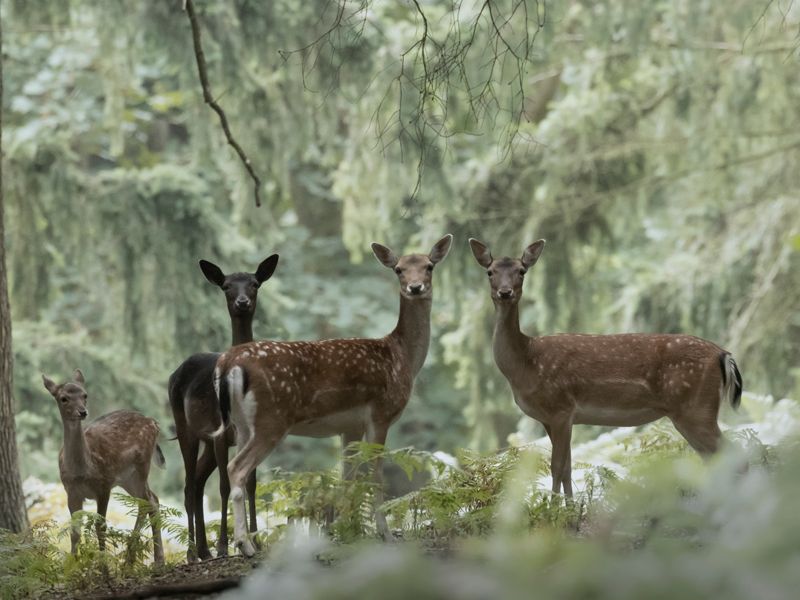
Fallow dear females and fawn
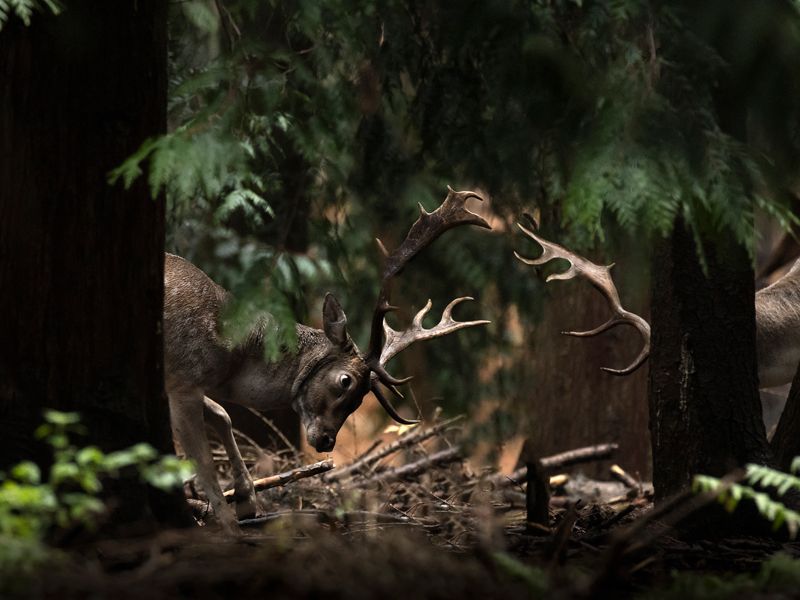
Fallow dear rut
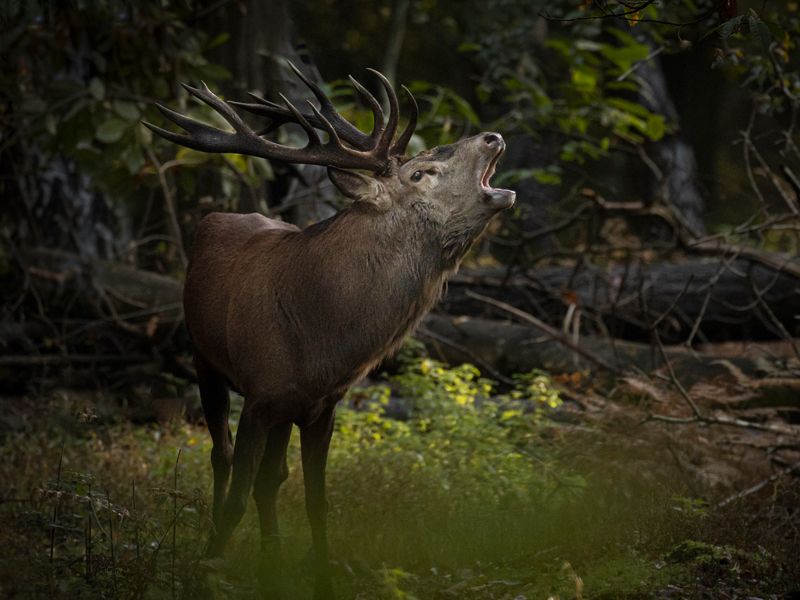
Red deer
How the surrounding woodlands build biodiversity

It is the policy of the Epping Forest conservators to let fallen trees lie so they can decay naturally under the action of bacteria and fungi. The decay opens up cavities into which invertebrates may burrow both for food and the provision of safe havens for eggs and grubs. This doesn’t go unnoticed and predatory invertebrates, reptiles and birds find rich food sources in this rotting landscape. The proximity of Copped Hall to the forest does much to drive the biodiversity enjoyed by our gardens.
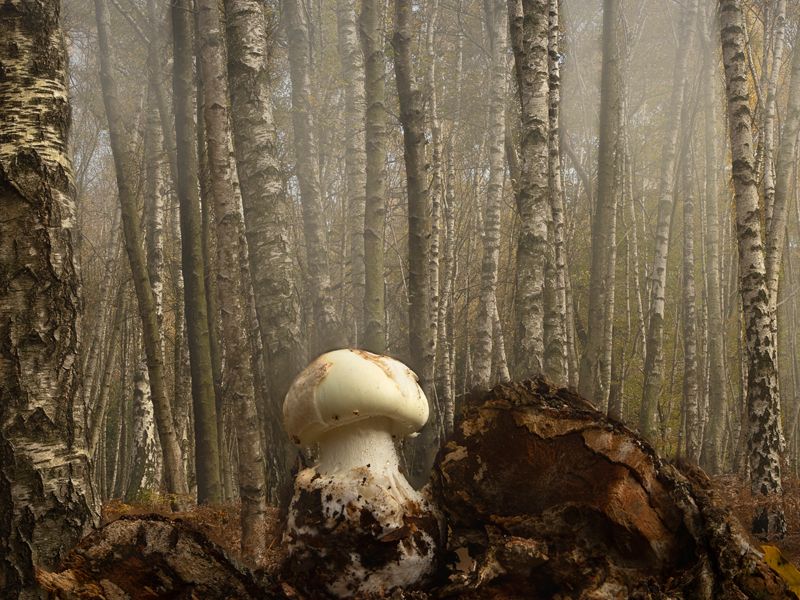
False death cap
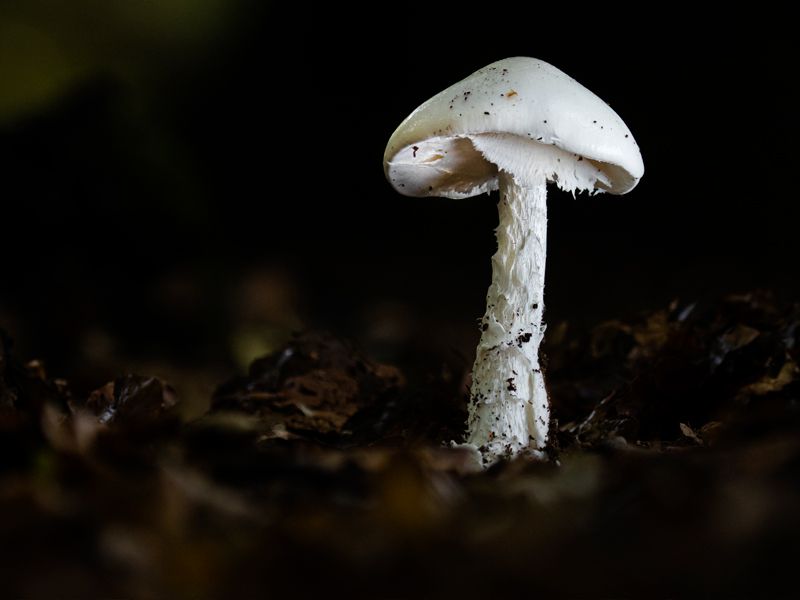
Destroying angel
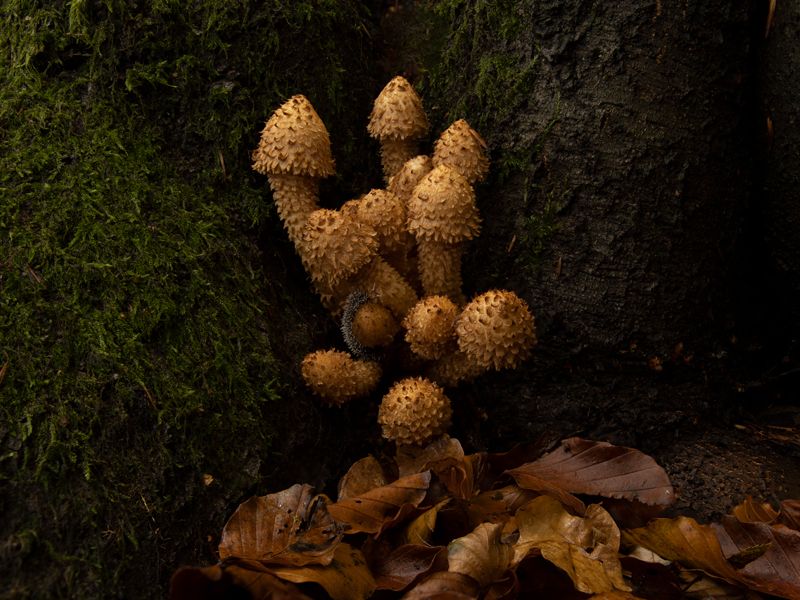
Shaggy scalycap
It is against the bye-laws of the forest to harvest fungi. It can threaten their ability to reproduce but additionally some are harmful. Curiously the false death cap is edible – if you like the taste of raw potatoes – but the destroying angel is fatally poisonous. The shaggy scalycap is appealing to look at and has been thought of as edible – tasting like radish to some – but it is now known to be poisonous and is associated with unpleasant gastro-intestinal effects.
The large grub pictured below was found under an old stump on the path to the walled garden from the house where a badger had been foraging. The beetle alongside is a devil’s coach horse, a predatory species which was photographed in the decaying tree trunk which sits on the top lawn. Further up the chain, common lizards can be found both in the forest and the gardens. The picture shows a juvenile born in 2020 in the forest as it foraged among the dead wood looking for a variety of edible grubs, worms and ants.
Many species of bird both large and small will take invertebrates. Great spotted woodpeckers are perhaps the most flamboyant but tits, warblers and wrens also rely heavily on these small creatures for nutrition. Even buzzards, kites, owls, badgers and foxes will feed on earthworms when there is no alternative. All depend in some way or other on the food chains initiated by Epping Forest.

Grub
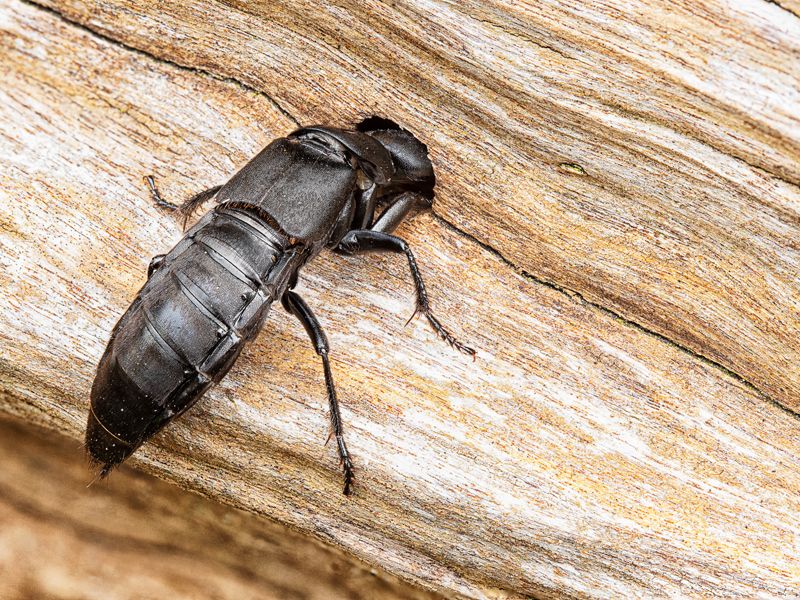
Devil's coachhorse
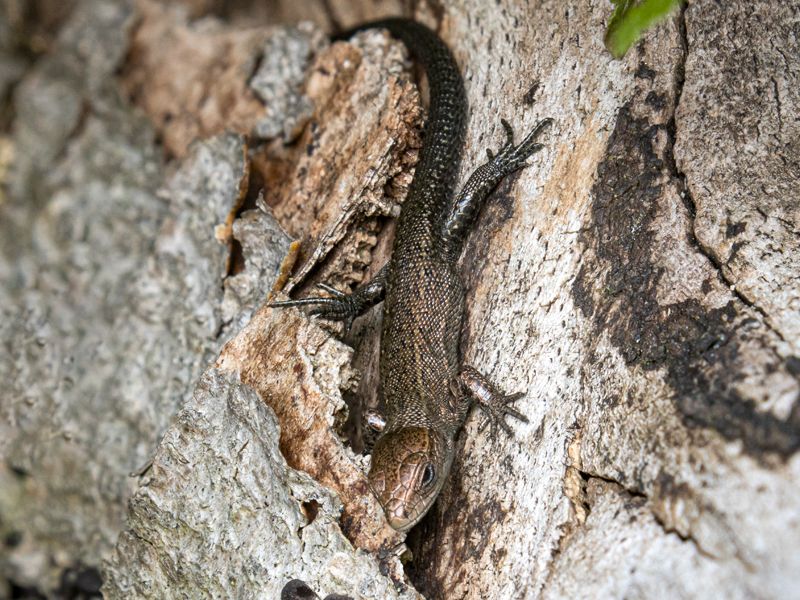
Common lizzard

